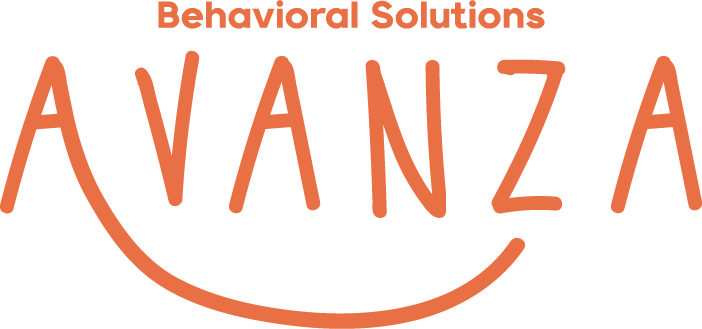PRACTICES THAT MAKE A DIFFERENCE
Whatever it is, the way you tell your story online can make all the difference.
Regardless of their background, skills, or needs, all students should feel appreciated, supported, and involved in the learning process. These strategies can achieve effective inclusionary classroom practices.
Change It Up
Teaching methods should change to suit the mood of the class. Teachers should keep it interesting and engaging by incorporating group projects, videos, and practical exercises.
Universal access
Classrooms should ensure that everyone participates. Whether it's through discussions, apps, or visuals, student should have a variety of ways to learn, demonstrate their knowledge, and keep their interest.
The Growth Mindset
Teachers should honor progress rather than perfection. Student's failures are only stepping stones to success.
Safe Zone
Classrooms should be comfortable where students are respected and supported. It is a place for empathy and acceptance, not bullying.
Collaborative Learning
Come together! Students should be motivated to work together, to exchange knowledge, and hone their social skills.
Education that Reflects Culture
All cultural customs should be welcomed in the classroom. A range of perspectives, stories, and materials should be included.
Instructions and expectations that are clear as day
Everyone is in agreement. To keep everything absolutely clear, teachers should use straightforward instructions and illustrations.
Got Your Back
To ensure that no one is left behind, students should hav access to necessary resources, such as additional time, communication accommodations, technical assistance.
Student Choice & Voice
Allow students to demonstrate their knowledge and have some say in how they learn. Allow them to select the projects or presentation style.
Professional Growth
The education team should be collaborative and seek new techniques from experts as necessary.


